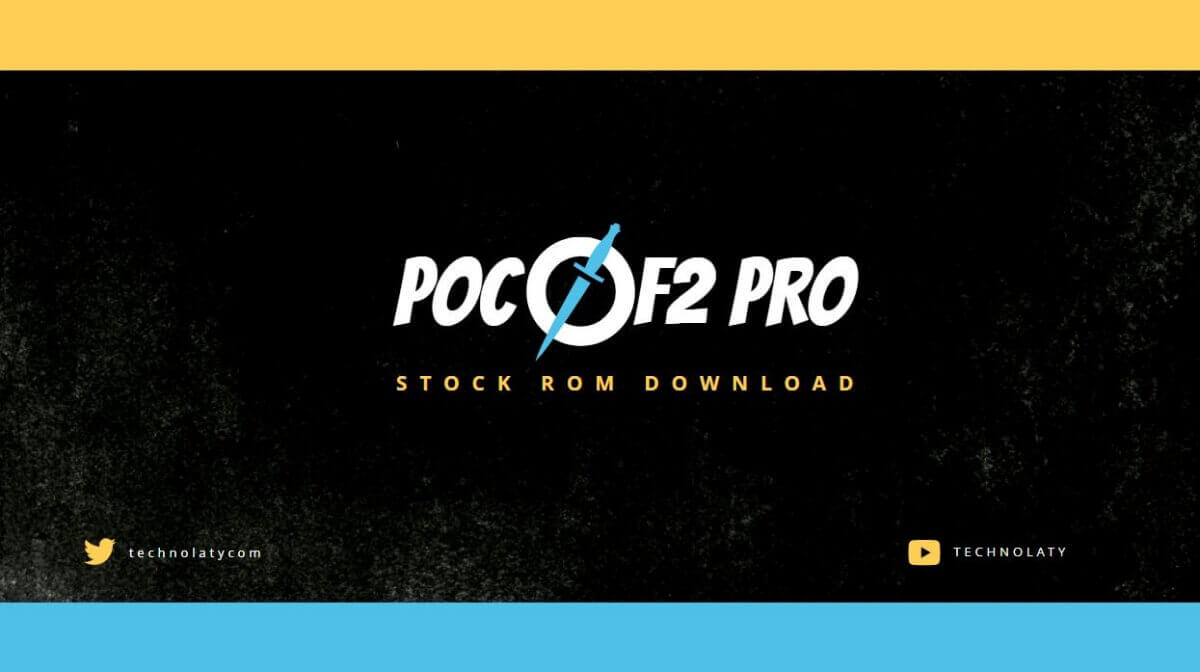However, the regular X3 model in 2020 had a 64MP main and a 13MP ultra-wide camera along with the two 2MP sensors. So at least on paper, this is a downgrade as far as the main cameras on the back go. Thankfully, there is no change to the front 20MP selfie camera. There is also a factory film screen protector on the display. Speaking of the display it’s the same as before so nothing new to report there. The picture quality is not quite amazing its just average. So if ur looking for a device which provides performance just go for it.
- Once you put it in the included protective case, however, this is almost no longer noticeable.
- Xiaomi recently announced MIUI 13 for several Mi, Redmi, and Poco devices, in an online event held earlier this year.
- The touch sampling rate is also lower at 240Hz, which is still plenty fast.
- Images are relatively soft, and the softness kicks up a level in the ultra-wide, as is to be expected from a budget 8MP sensor.
We’ve seen bold colours, unique camera module shapes, and eye-catching patterns on some recently launched Poco phones. If you’re not big on routing your gaming audio through the dual stereo speakers, there’s a 3.5mm headphone jack — a dying breed.
There are various custom recovery is available for Poco X3 Pro. You can choose from popular custom recoveries like TWRP recovery and OrangeFox Recovery. Although the features of all the custom recoveries are the same, you get interface or UI changes. Below stock ROM (firmware), we have described the step-by-step guide to unlocking the bootloader of the device. After you get these prerequisites, proceed to install custom ROM on your Poco X3 Pro. Below, we have provided the step-by-step guide to do that.
If you are looking for a budget smartphone with long battery life and fast charging, the Poco X3 Pro is the better choice. In terms of camera performance, the Poco M4 Pro 5G has a slightly better rear camera setup with a higher resolution primary sensor and better ultra-wide camera performance.


